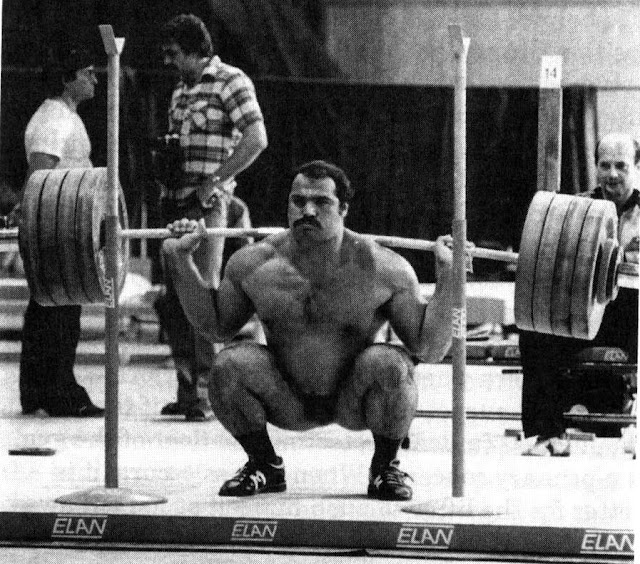Working your Way Up to One Arm Chin-ups
It's been awhile since I've written a training article, but you can check out my latest piece in the September issue of Planet Muscle and Bodybuilding titled "Get Pro Level Muscle." The article lists my favorite set extension techniques for every muscle group. Pick up a copy the next time you're at a Barnes and Noble. I just came from Border's, and they're going out of business. Yeesh! Times are tough. So I got asked on my YouTube Channel if the subscapularis pull-up could be performed on an assisted pull-up machine. Here's how I answered: This is a very advanced pull-up variation, so you can only perform it if you can do 12-15 real pull-ups (not machine assisted). So I suggest weaning yourself off of the machine and work on upping your reps for real pull-ups and chin-ups. This will take some time. Let me say that I flat out hate the machine assisted pull-up. For one thing, most people use way too much counter weight and make the exerc...



